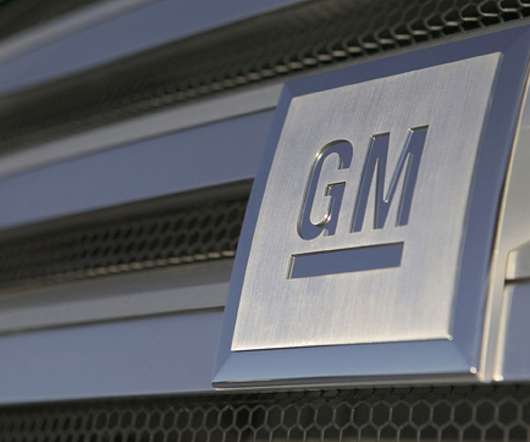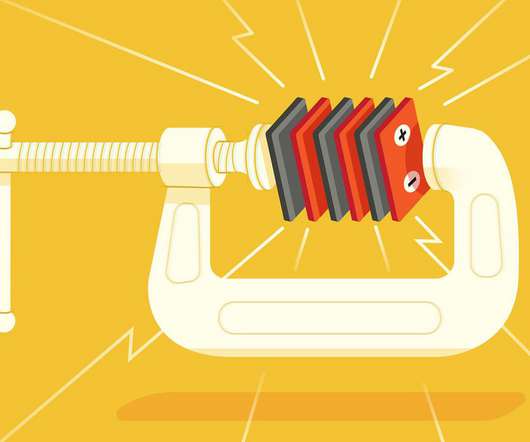Saft introduces Li-ion drop-in replacement for lead-acid batteries in military vehicles: XCELION 6T
Green Car Congress
MAY 20, 2015
The Xcelion 6T is a lithium-ion (Li-ion) drop-in replacement for lead-acid batteries that provides equivalent power of two lead-acid batteries at a quarter of the weight and half the volume. The Saft Xcelion 6T is a 28V, 60Ah Li-ion battery system (1.6 Earlier post.).


















Let's personalize your content